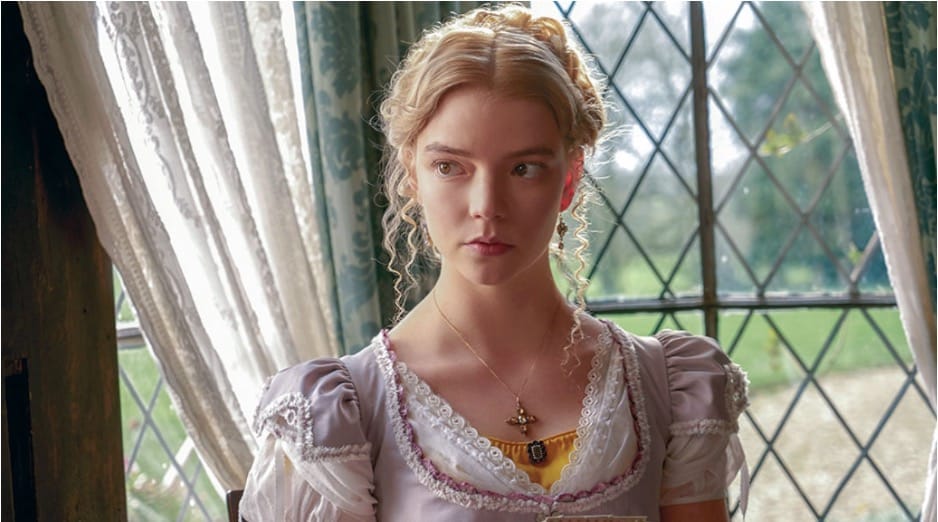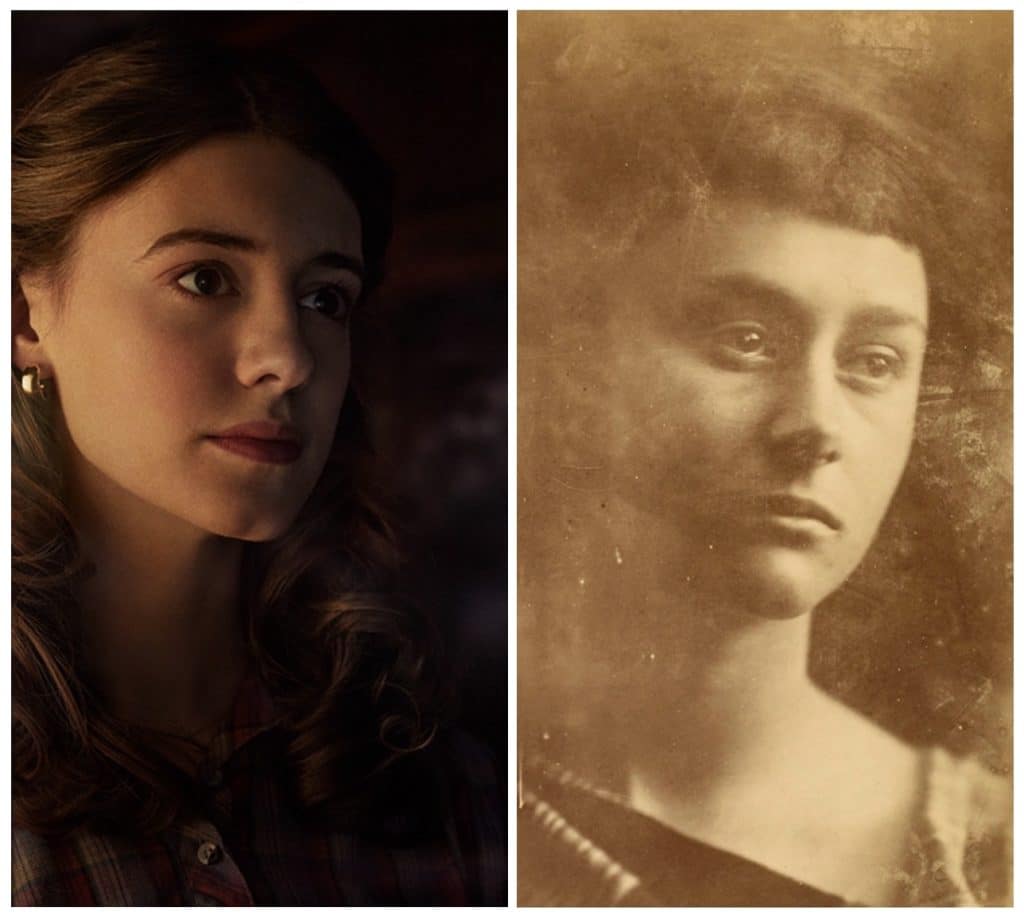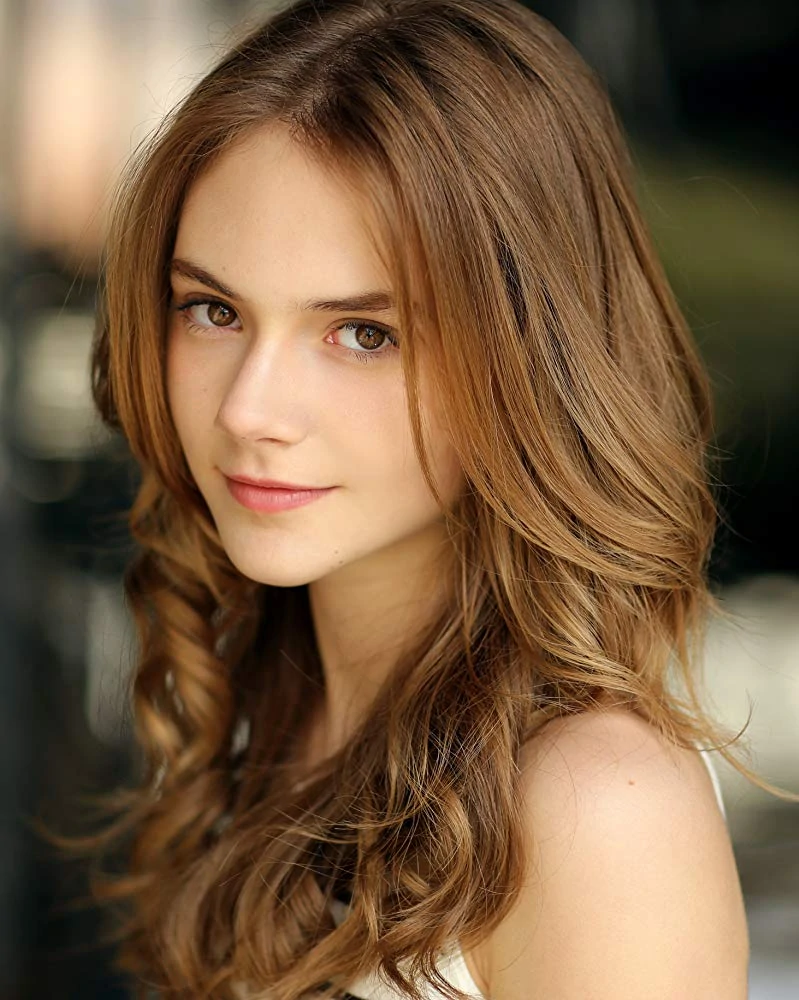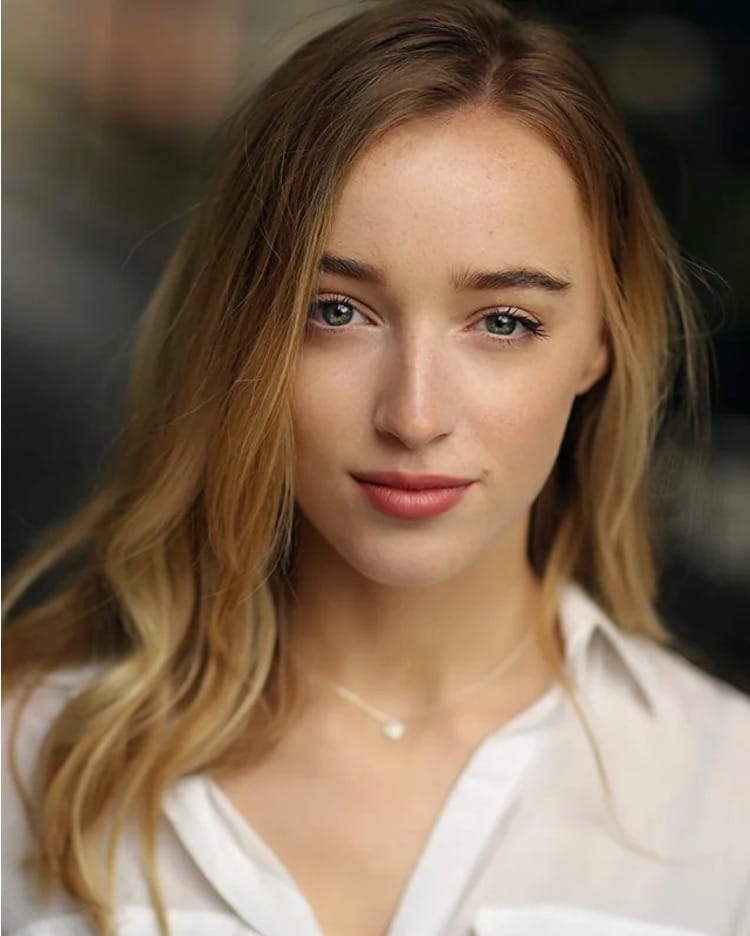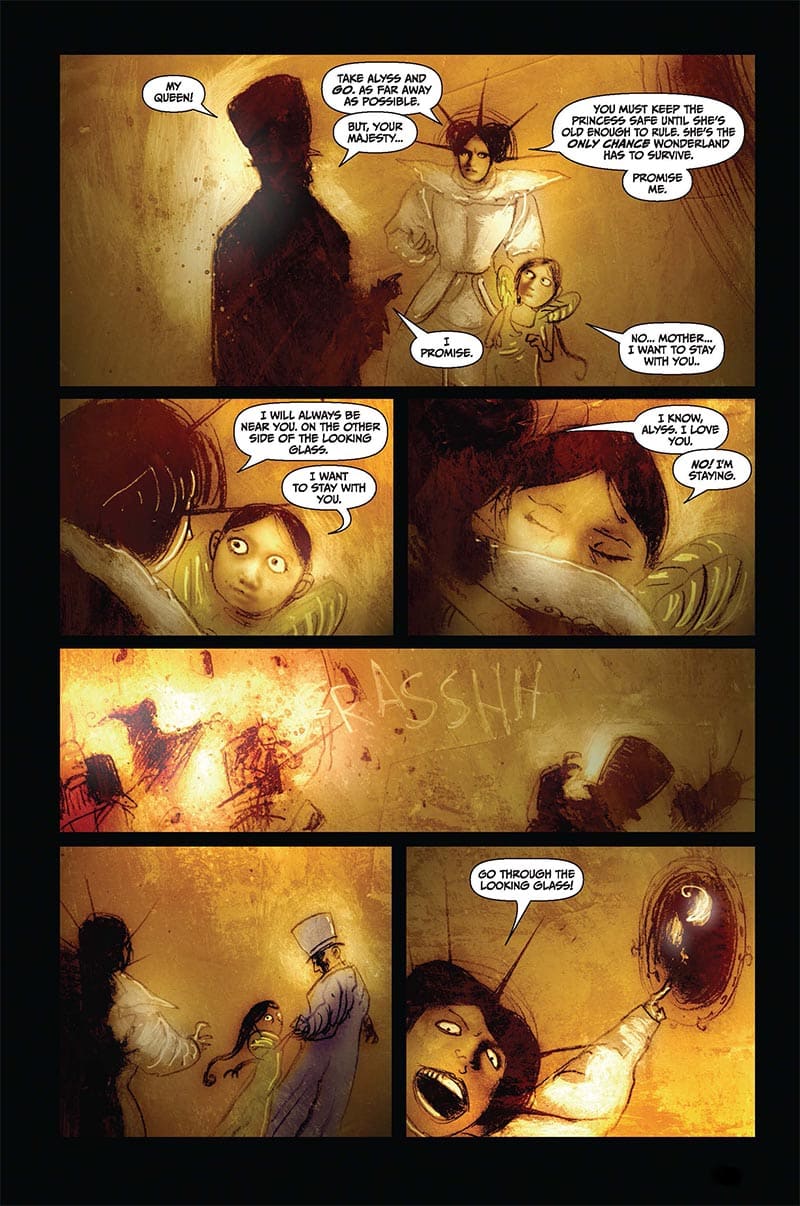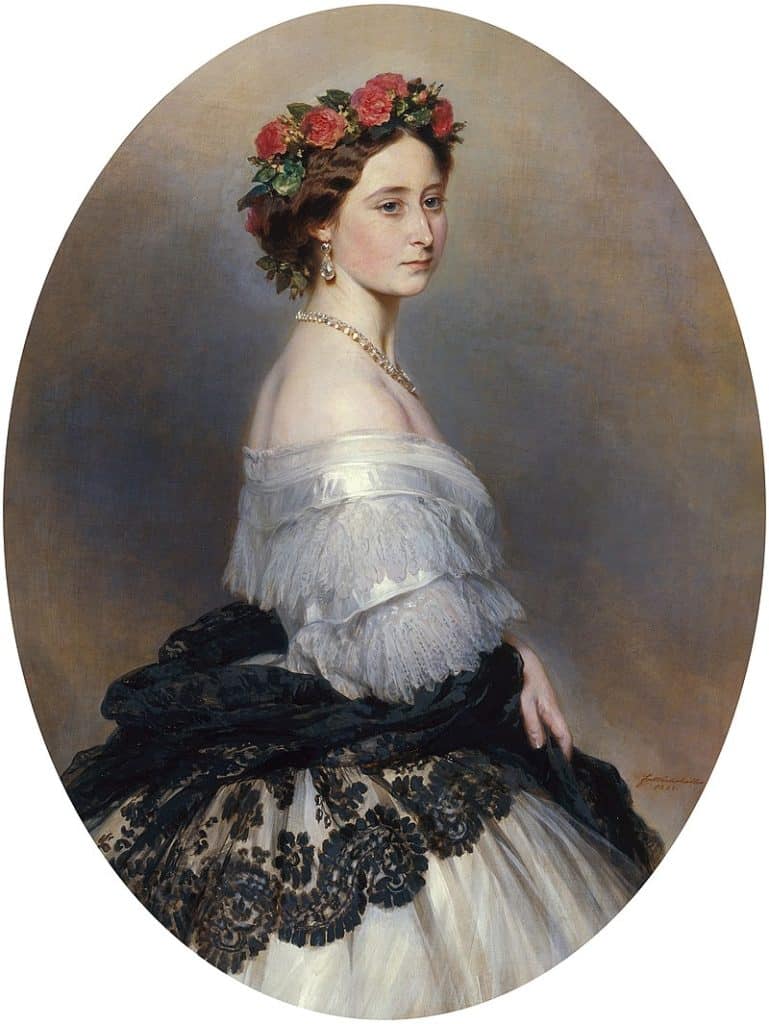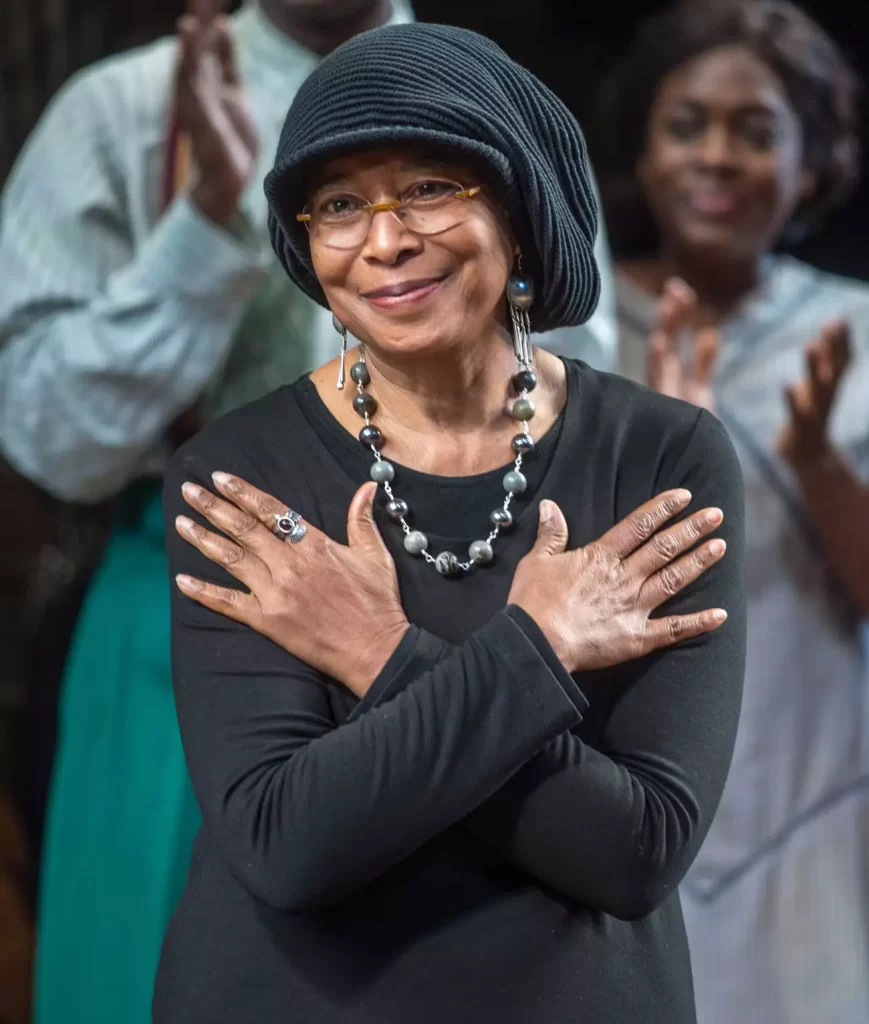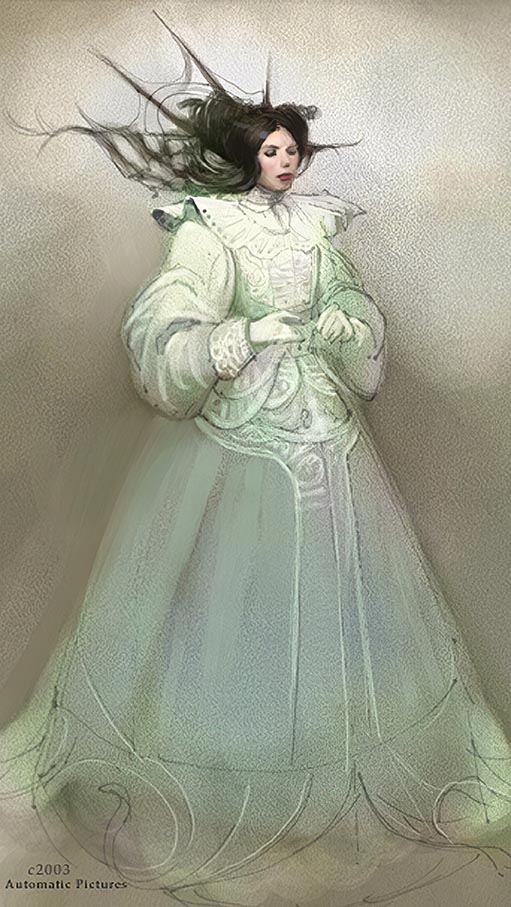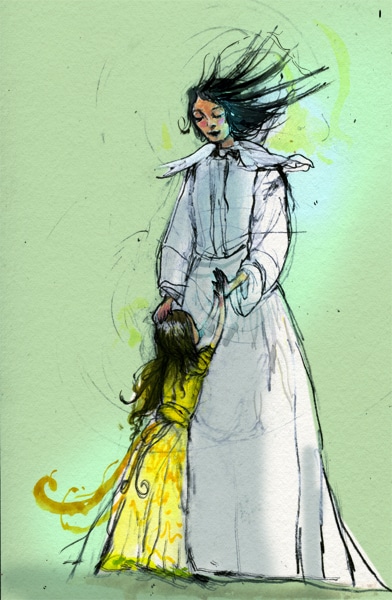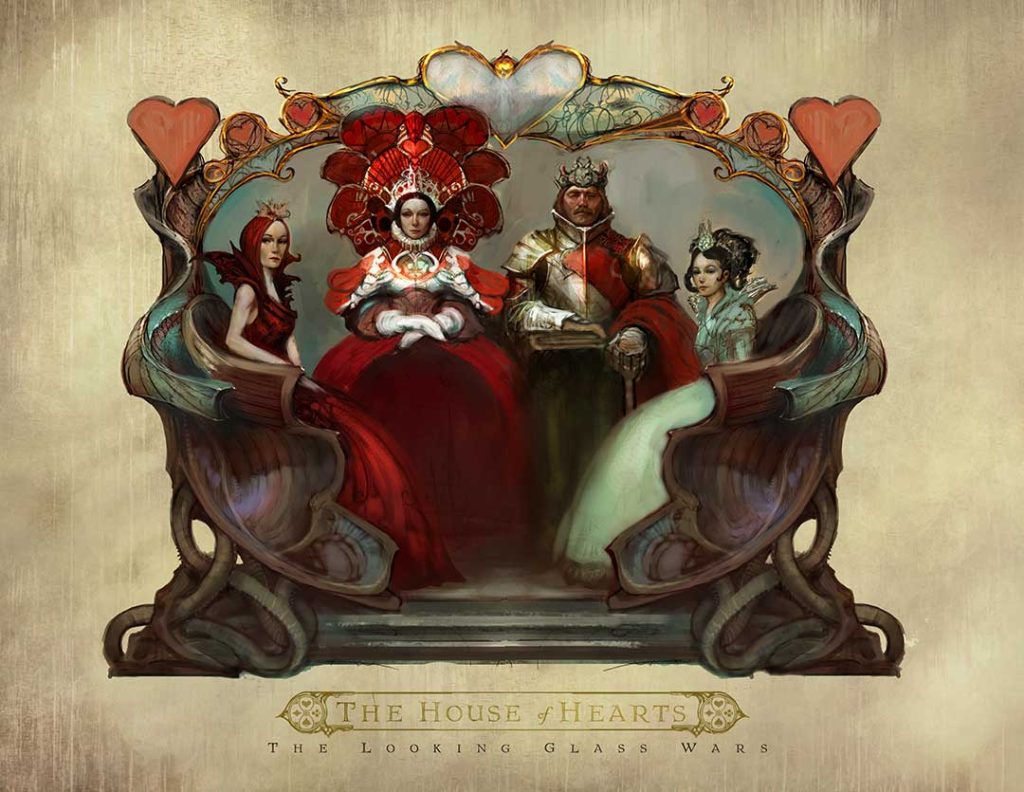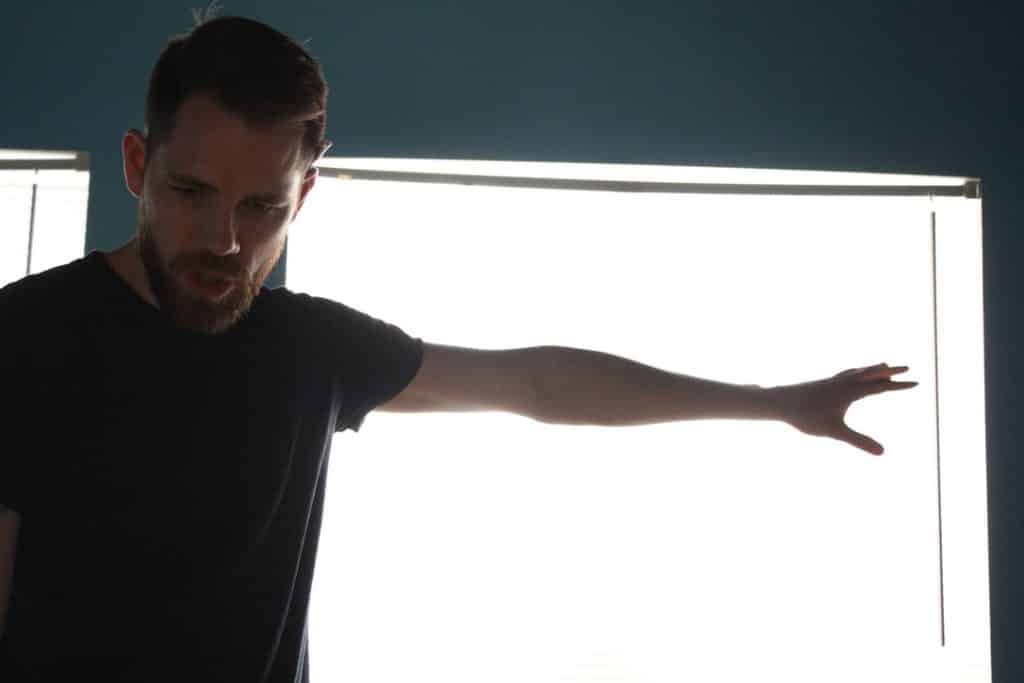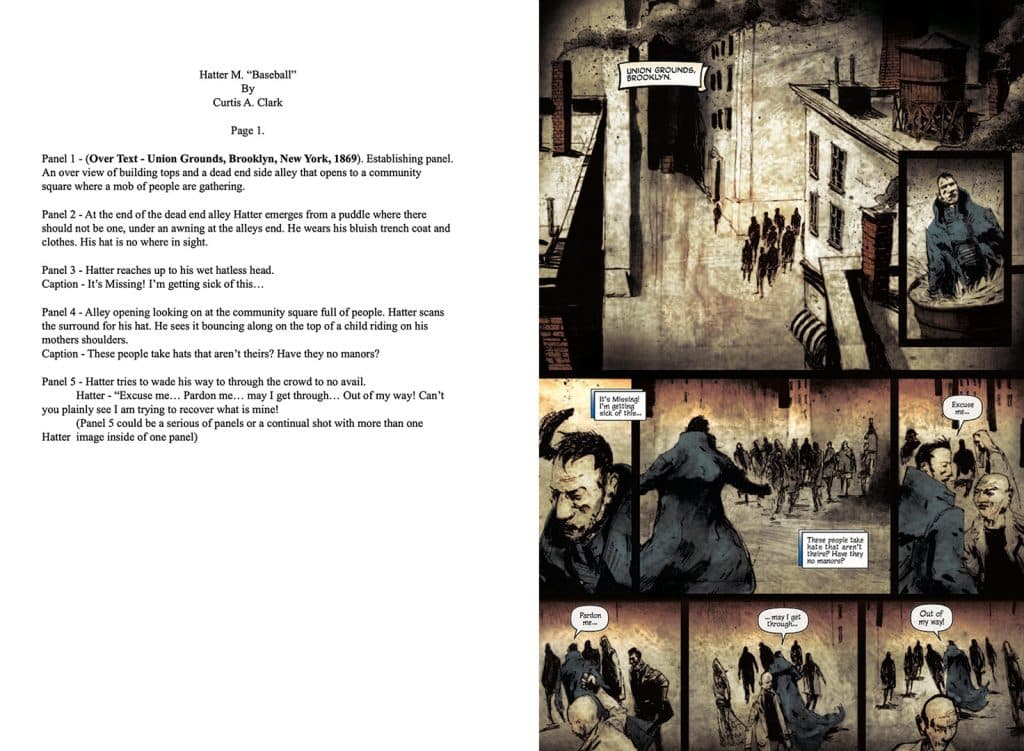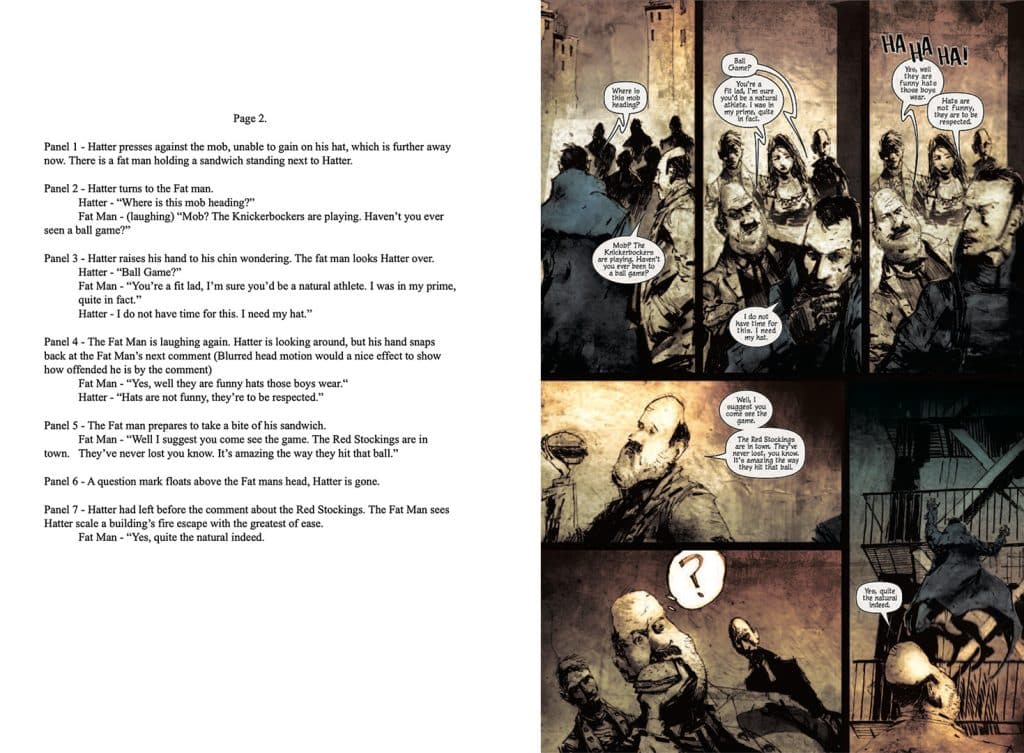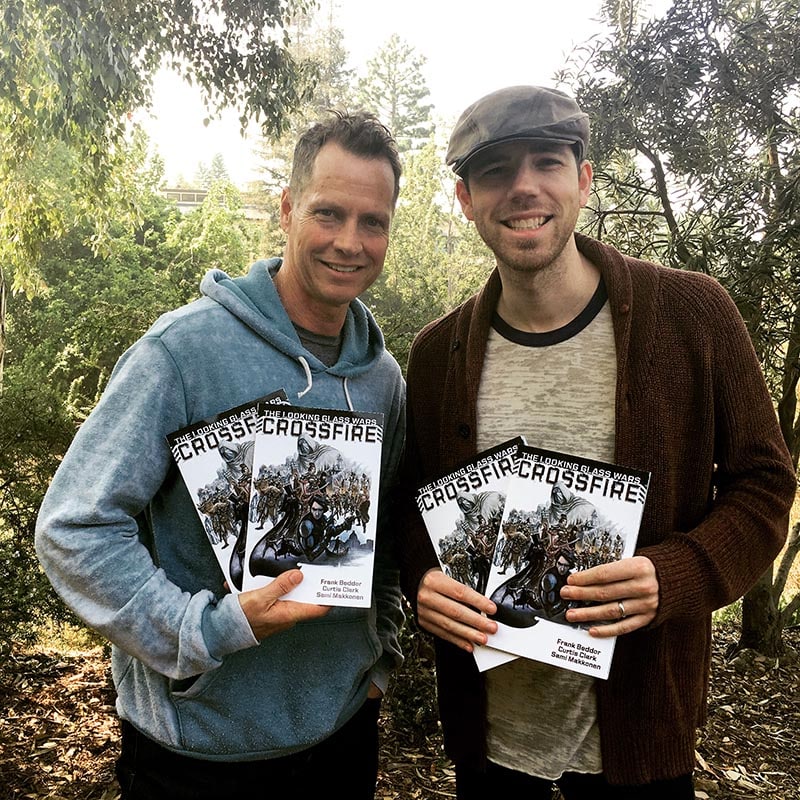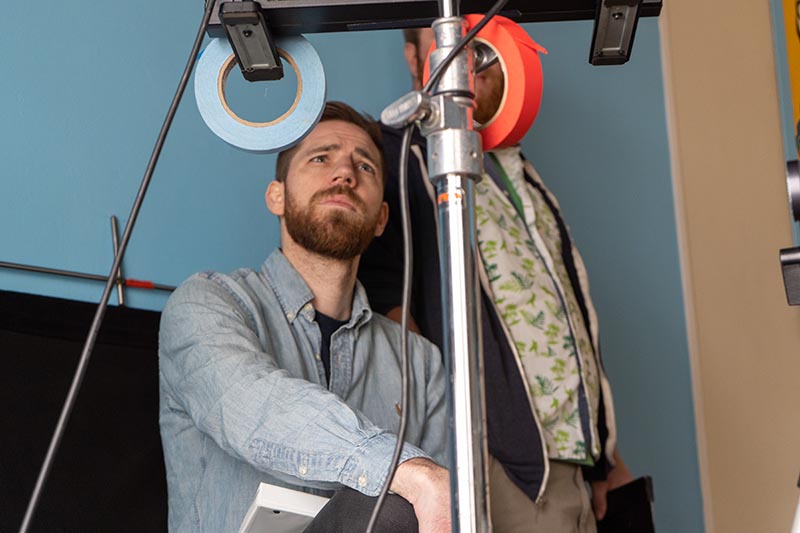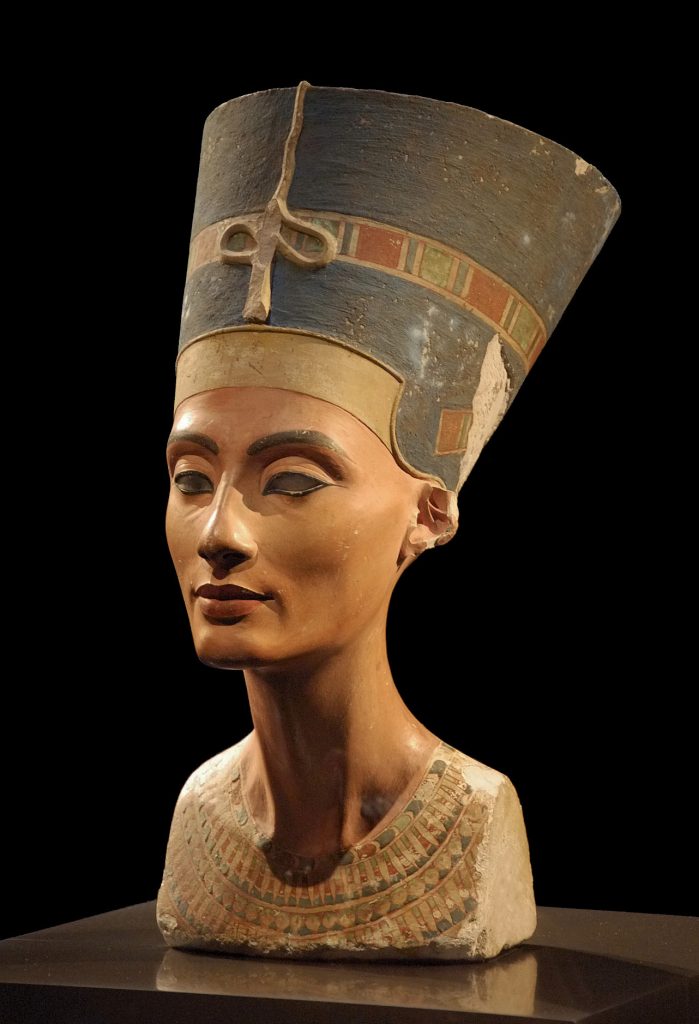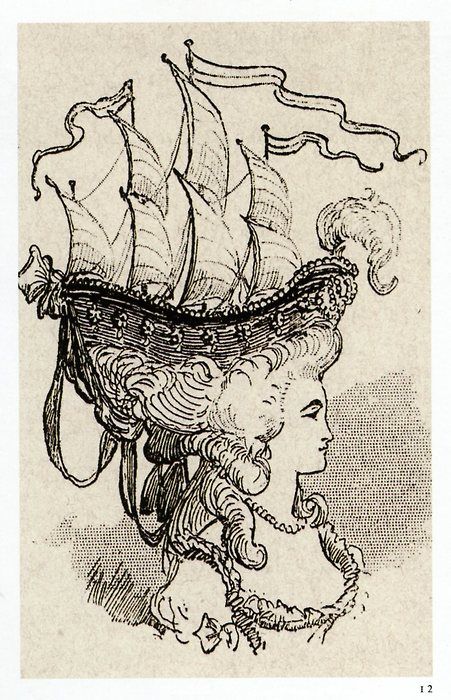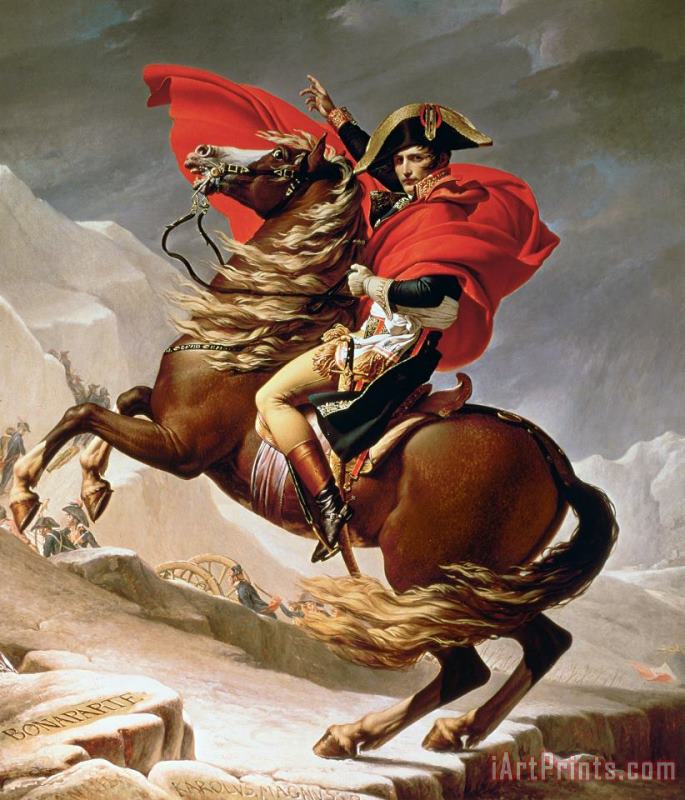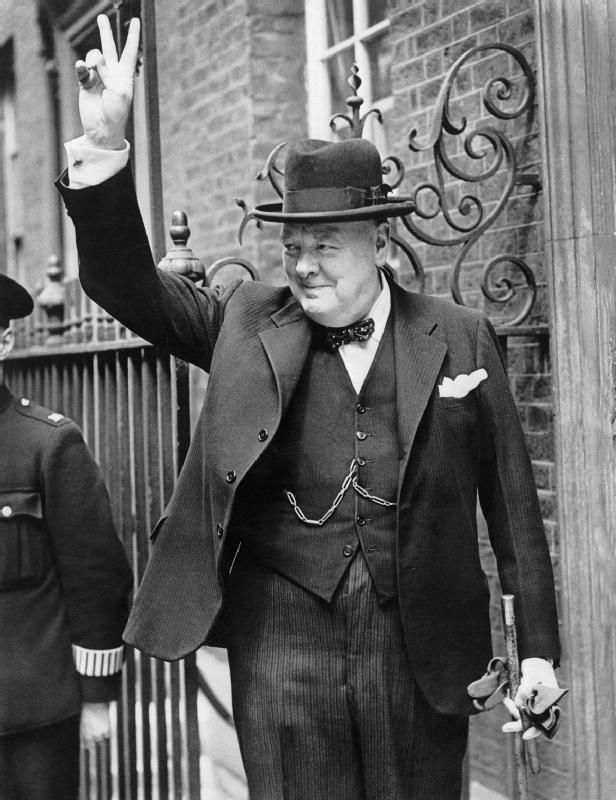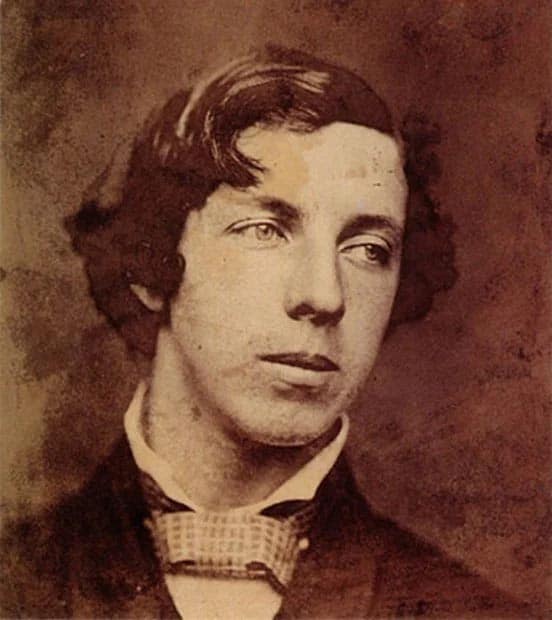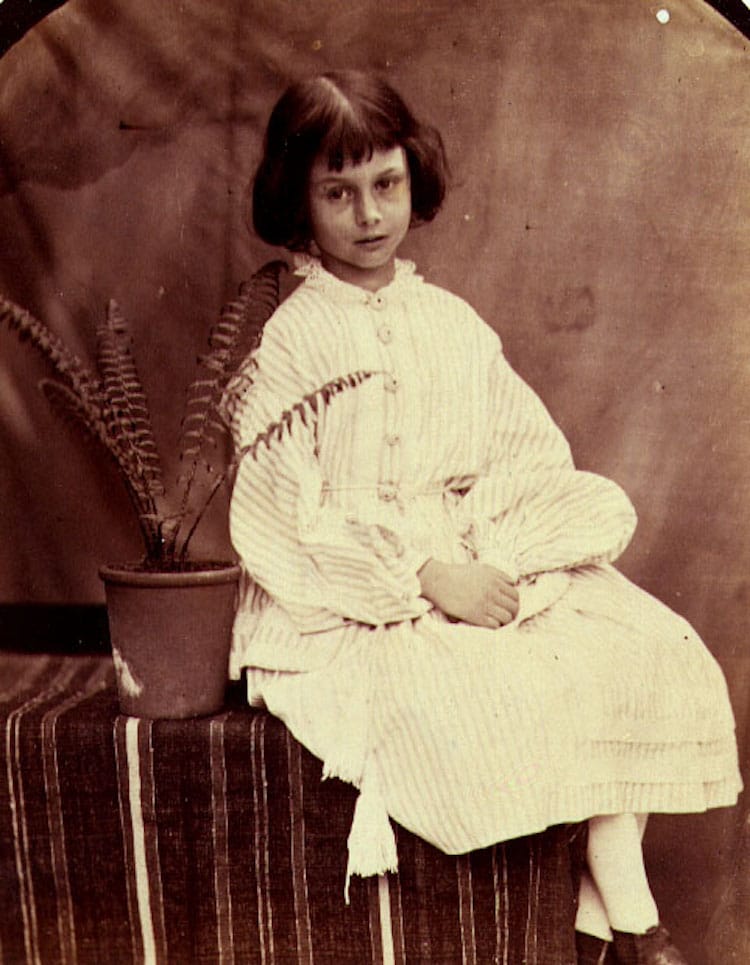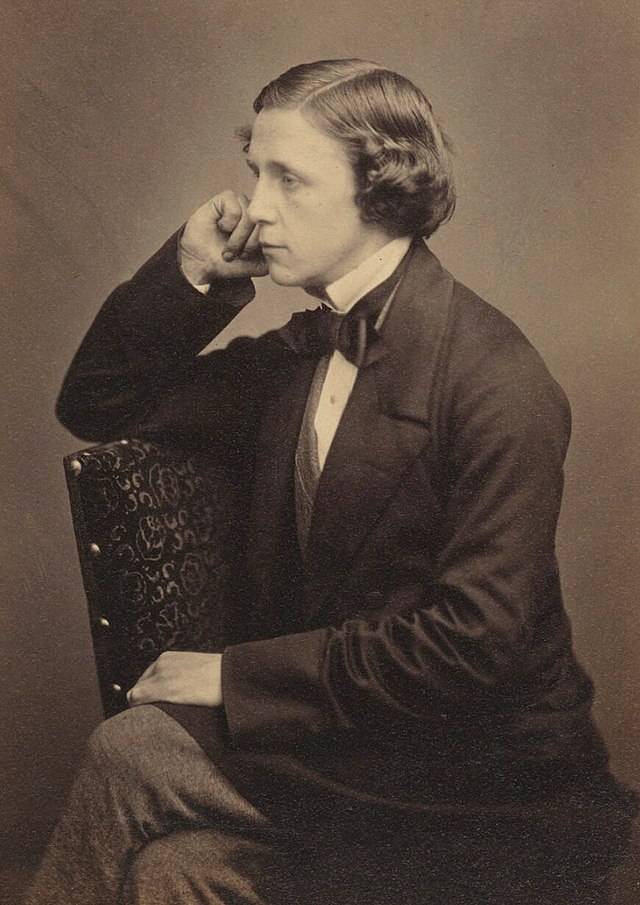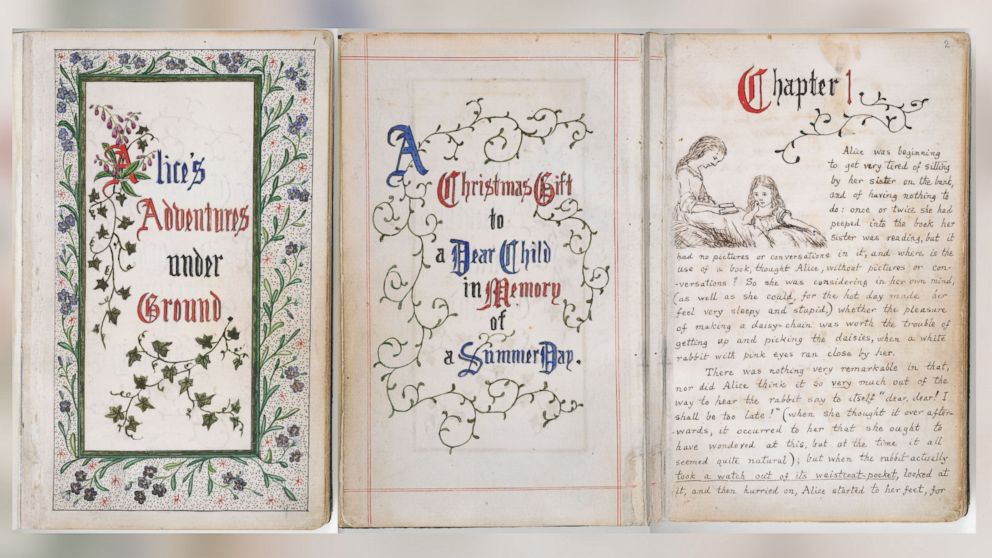Lost in London: Never-Before-Seen Letters From Alyss' Adventures on Earth
Back in 2007, we collaborated with noted Alyssian historian Agnes MacKenzie to publish Princess Alyss of Wonderland, a stunning collection of letters, journal writings, and art from Her Royal Imaginer Princess Alyss Heart. These breathtaking documents chronicled the incredible childhood of Wonderland’s exiled heir apparent and future hero of The Looking Glass Wars.
Recently, we were astonished to discover a new treasure trove of letters, journal entries, and art from Princess Alyss’ first few years on Earth. This is Alyss’ amazing story in her own words - her harrowing escape through the Pool of Tears, the deep sadness she felt when her imagination began to fade, what it was like to be a princess when everybody thinks you’re just a little girl, her fury at Lewis Carroll for butchering her story, and how she reclaimed her imagination and kept her hope of returning to Wonderland.
These historic artifacts will be presented in installments over the coming weeks and months. Part One encompasses Alyss’ flight from Wonderland and how she survived her first days on the streets of London.
(*As always, I am indebted to the tireless and exhaustive research of the eminent Wonderland historian Agnes MacKenzie. Her dedication has helped keep the true story of Queen Alyss alive!)
HALT!!!!
If you have found my journal and intend to read further, BE WARNED that these pages are meant only for those who wish to know the truth. All others are hereby ordered to immediately stop snooping.
HRI (Her Royal Imaginer) Princess Alyss Heart

August 5, 1861
I am in this world but not of it. My home is in Wonderland and my name is Princess Alyss Heart. Someday I will return to Wonderland to become Queen. This is the story of how I began to find my way back.
Where to begin? Certainly not at the beginning when all was well, but further into my life, to the afternoon when I discovered the golden kitten in the garden. My best friend Dodge and I had just returned from exploring Wondertropolis, a forbidden excursion outside the gates of the palace when we came across the most peculiar kitten. It was wearing a card that read "Happy Birthday, Alyss.” Since it was my birthday and everyone in the Queendom was giving me gifts, it only made sense that this kitten was for me. Unlike most kittens, who only hiss and purr, this kitten smiled. And that is where all the trouble began.
August 6, 1861
It was I who brought the peculiar kitten inside the palace gate. ME!
And then it ran away and hid somewhere in the palace. I tried to tell Mother and Hatter at my birthday tea about the kitten who smiled, but a horrible LOUD, RUDE crashing sound interrupted, and my Aunt Redd, decks of her card soldiers, and a monstrous CAT exploded into the dining room. The kitten had become The Cat! What happened next was very very fast and seems most shocking and unreal.
Mother and I escaped and I thought that we would stay together, but she sent me away with Royal Bodyguard Hatter Madigan to be kept safe until I was old enough to return to Wonderland as Queen. I begged to stay with her, but she was very firm. I had to leave Wonderland and everyone I ever loved. And I had to leave immediately.
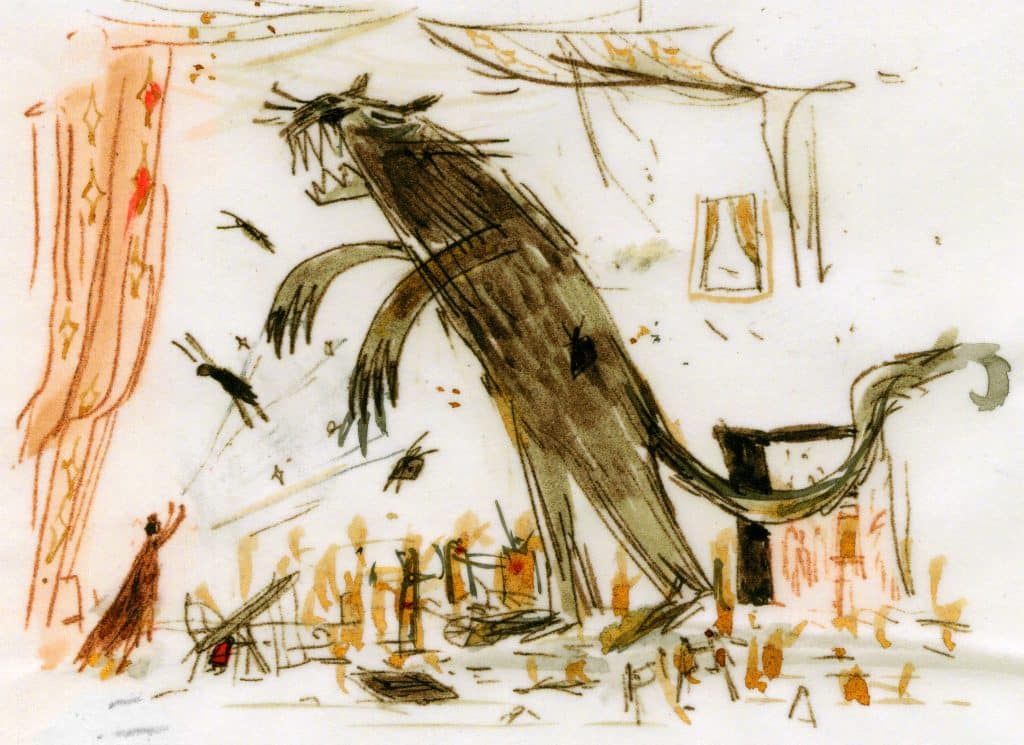
Agnes MacKenzie
One of our more recent, and more thrilling, discoveries is the bundle of undeliverable letters addressed to Heart Palace in Wonderland and collected by postmistress Annabelle Smith-White of Christchurch, England. The letters were forwarded to the Lewis Carroll estate, but for an unexplained reason they were returned to Miss Smith-White's district stamped 'UNACCEPTABLE'. Descendants of the postmistress donated the bundle to this venture with the hope that their great-great aunt's postal diligence would finally be recognized.
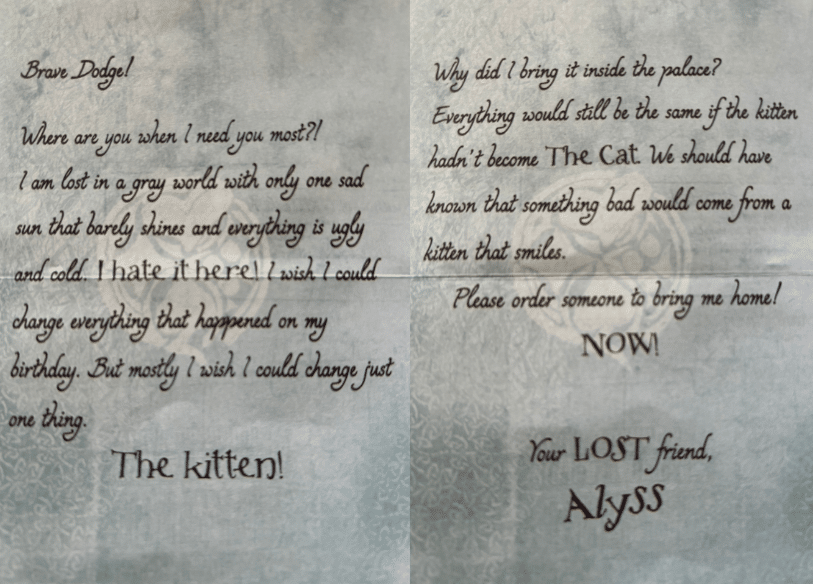
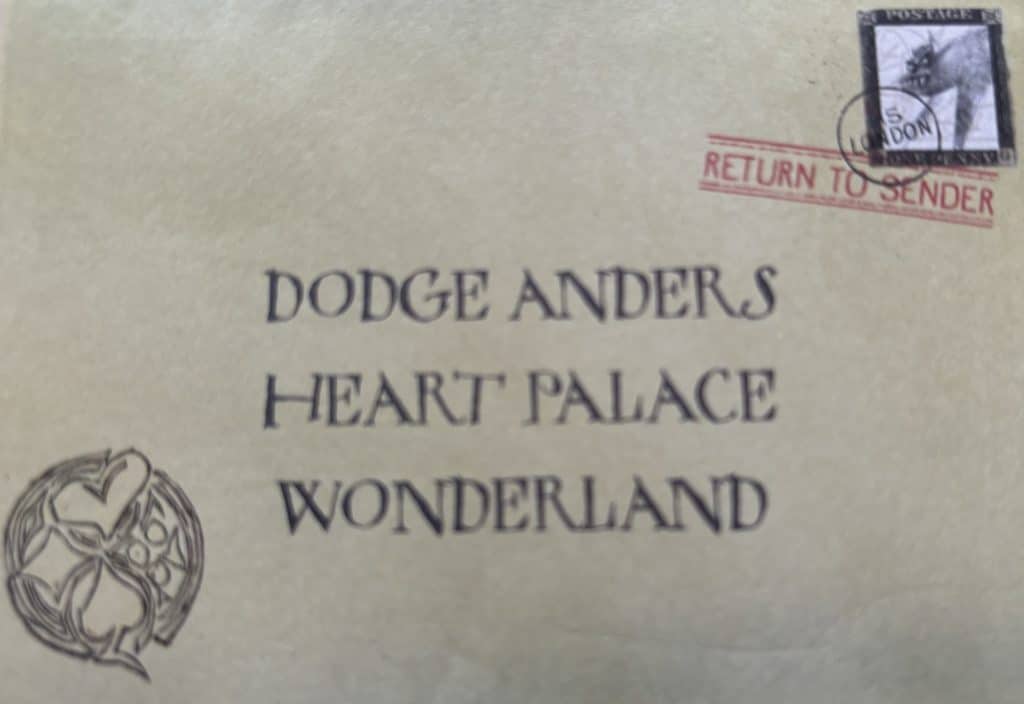
August 10, 1861
When mother ordered Hatter to take me and leave Wonderland, we fled through a looking glass that took us to the Whispering Woods.
Once in the woods Hatter held me tight and ran faster than a spirit-dane. At last, we came to the cliff above the Pool of Tears and looked down into the black water. I had heard that no one ever comes back from the Pool of Tears, but Hatter assured me I would because I would one day return to be Queen. And then we jumped, but not soon enough, as The Cat's long claws raked out across my birthday gown and tore away a piece. He nearly got me! But before I could scream we hit the water …
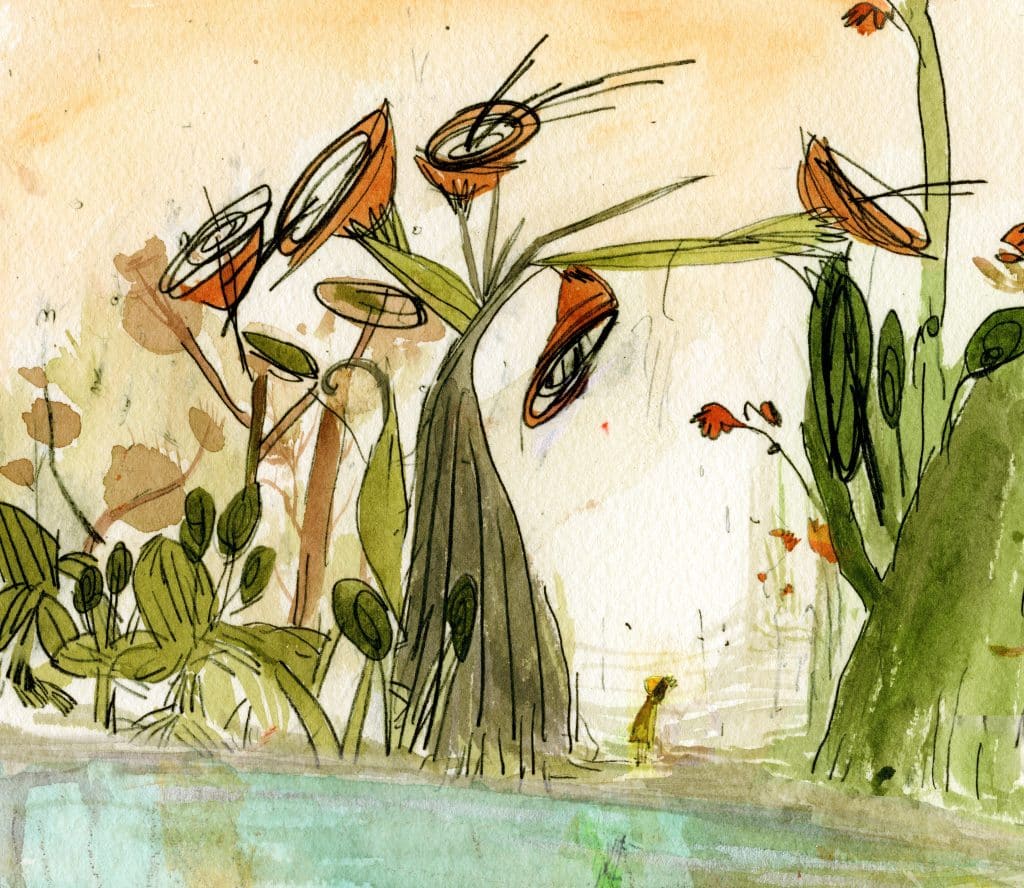
(continued)
... I know Hatter held me as tight as he could but a tremendous force tore us apart. Poor Hatter! He had promised my mother to keep me safe and Hatters always keep their promises, especially royal bodyguards. I tried to smile to let him know I would be okay, but the water smooshed my face in all different directions and I shot down very, very fast and then I shot up even faster and found myself in this world called London. Alone.
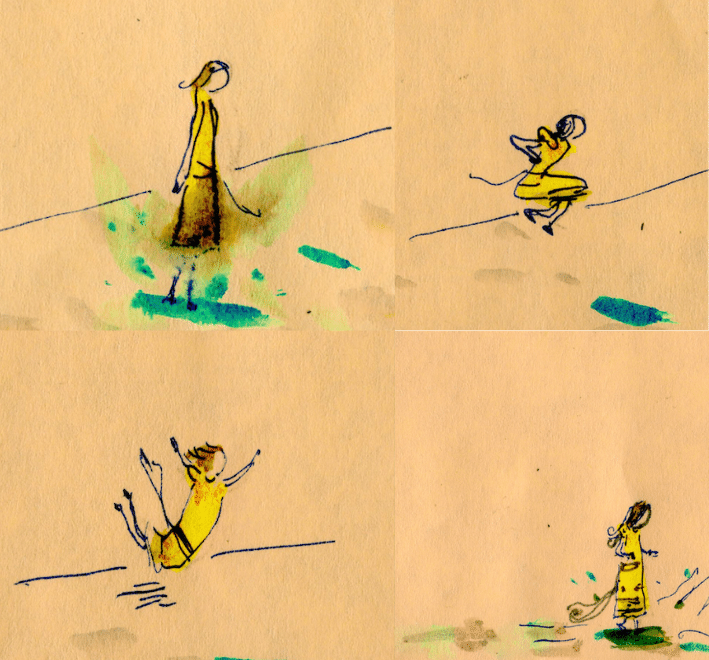
August 20, 1861
My arrival in this world called London was sudden and frightening. I shot up and out of the puddle and found myself standing in the middle of a crowded avenue. Everything was spinning and I was cold and lost and AFRAID. Where was my mother? And where was my royal bodyguard? There was no one to help me in this gray, frightening place. All I could think was that I must return home NOW! In desperation, I began to jump in puddle after puddle searching for the way home until I could jump no more. Then I saw a boy watching me and he was smiling and I knew I wasn't alone anymore. I was about to meet the most honorable Quigley.
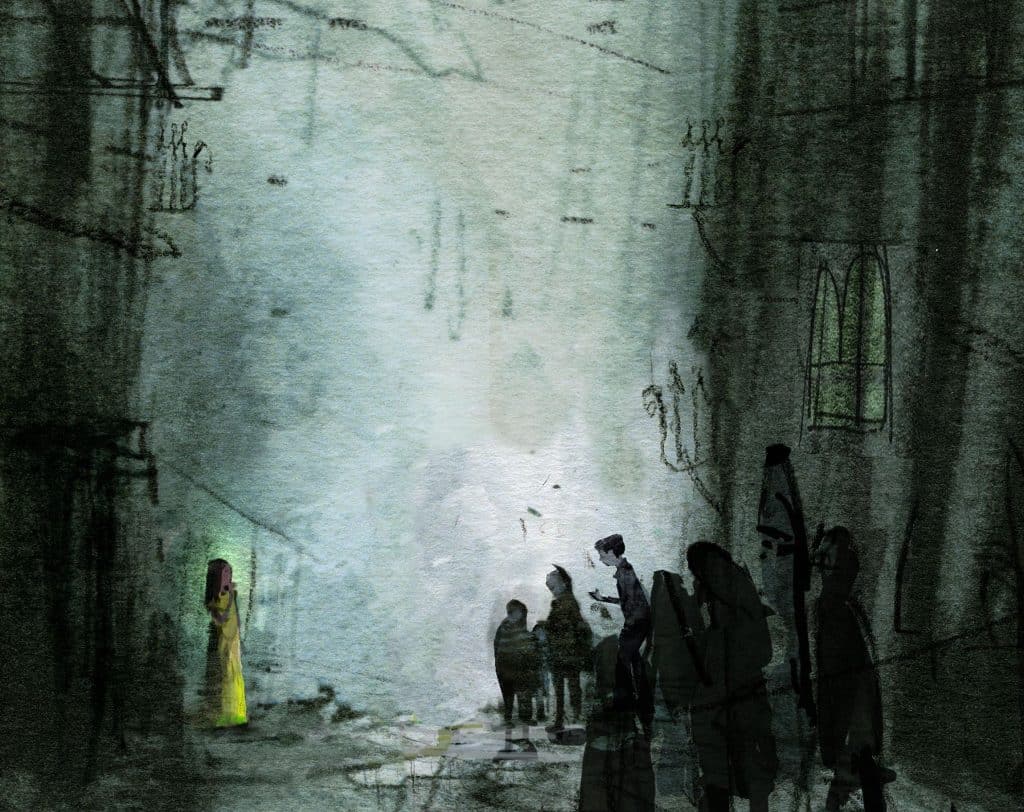
Agnes MacKenzie
From Alyss’ description, it appears she first arrived in London on Whitehorse Street near the intersection of Piccadilly and Half-Moon. I have proposed that a plaque be mounted here to honor the struggles of this honored visitor from another realm.
As thoughtful readers of Dickens will recall, orphans, urchins, and estranged children were an all too common sight on the sooty streets of nineteenth-century London. It seems from Alyss' journal that she was accepted into a den of street urchins by the boy named Quigley. While Quigley was an open-hearted generous sort, the others were less magnanimous and insisted Princess Alyss pull her own weight in foraging for food and rags. Alyss' solution was, of course, to use her imagination.

September 15, 1861
Quigley, in his patched clothes and cracked boots, brought me to an alley where he and a group of other very ragged, thin children lived. Everyone was curious as to who I was and where I had come from so I told them about Wonderland and what it was like to be Princess Alyss Heart. Quigley and the others loved my stories but unfortunately, they couldn't eat them. What could I do to help? As I was thinking very hard I noticed a sad little flower in a cracked pot lying in the alley. To amuse myself I began to imagine the flower humming and soon it was singing in a beautiful high pitched voice. Quigley and the others were amazed. And then I knew.
We became street performers. I would imagine the flower singing and Quigley would gather the coins tossed by those who stopped to listen. Our first show was a hit. The next show was even bigger. Each day we made enough coins to feed everyone very very well.
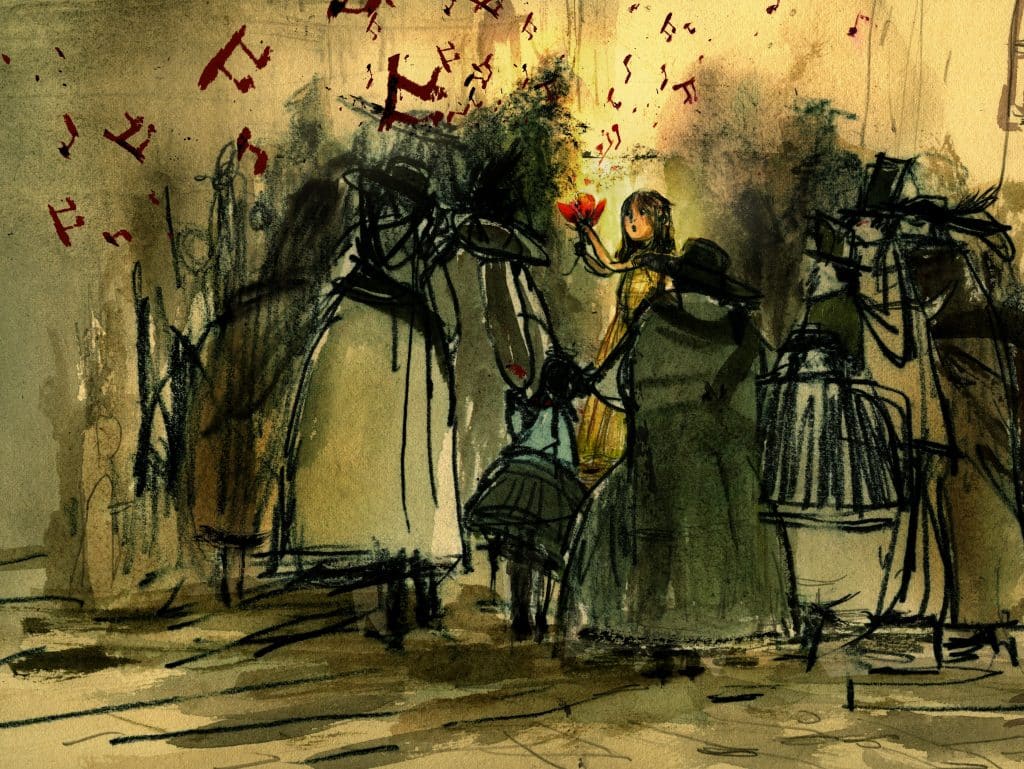
(continued)
And then something extraordinarily horrible happened. My imagination began to weaken. Each day the flower's voice grew fainter and fainter until it stopped singing and once again there was no food. I could not explain to myself let alone the others how I had failed. My imagination had always been with me. To have it fade was like losing my last connection to Wonderland. To eat, we all had to go back to stealing food from the markets. One day we were caught by a pack of London bobbies. The other kids escaped but I was nabbed and taken to the most frightening place I had ever seen, the Charing Cross Orphanage. I never saw Quigley again, though I still look for him.
*Stay tuned for Part Two, in which Alyss braves the brutal Charing Cross orphanage.
